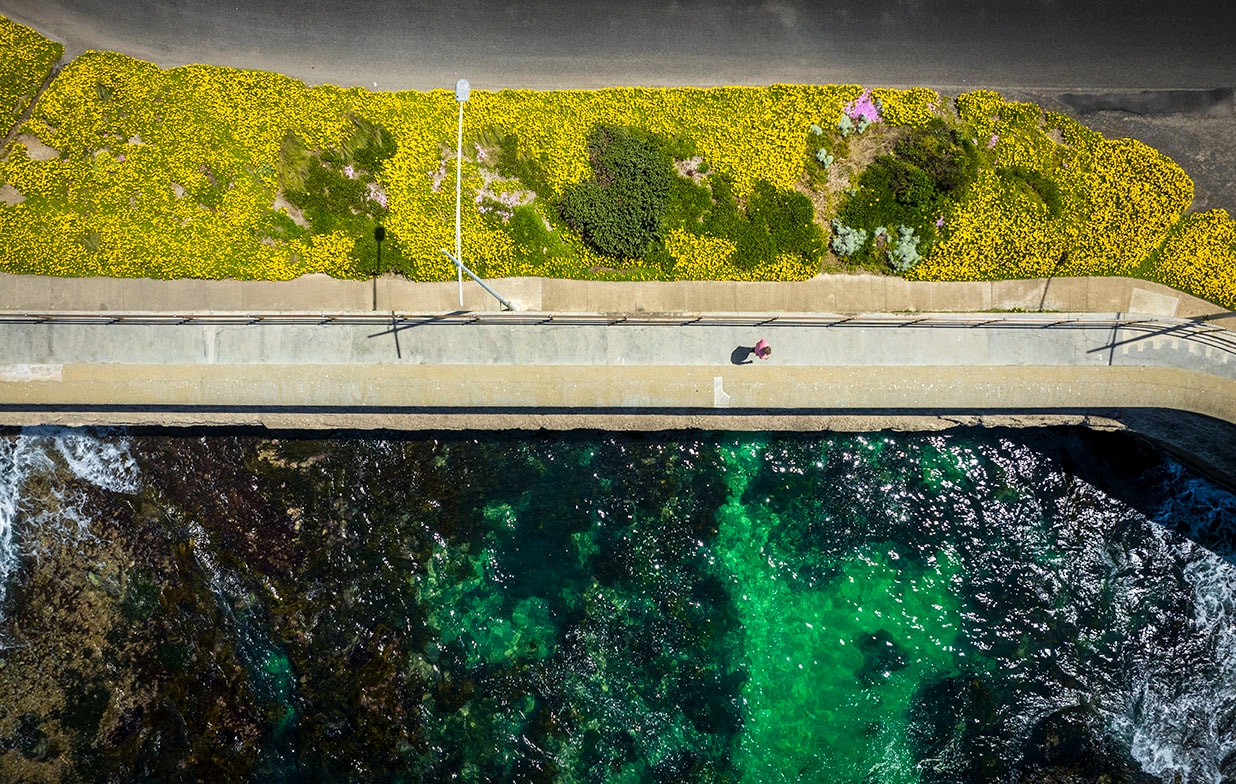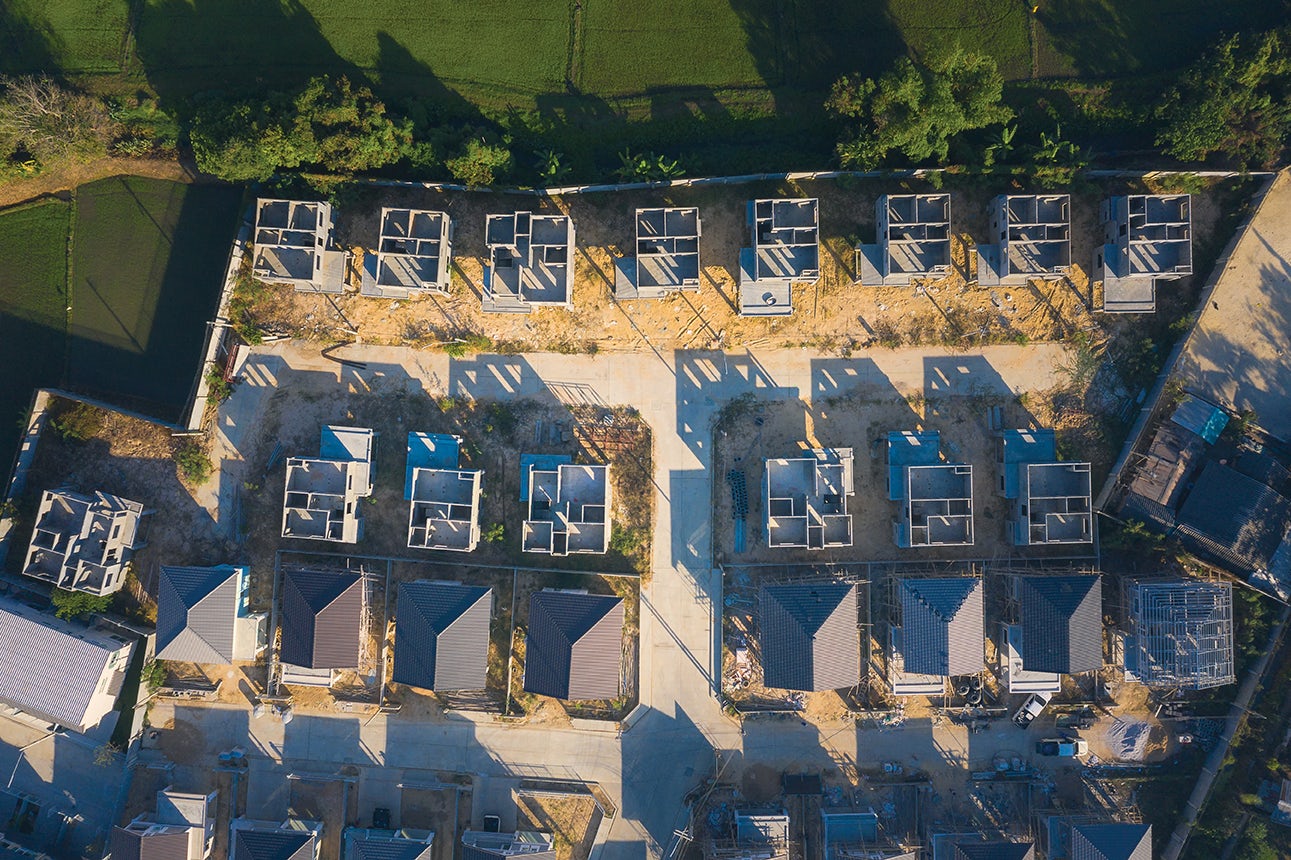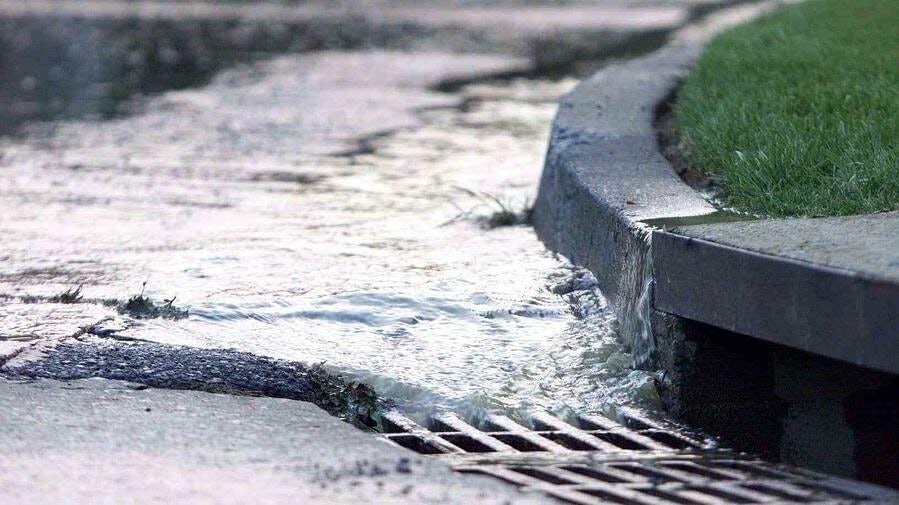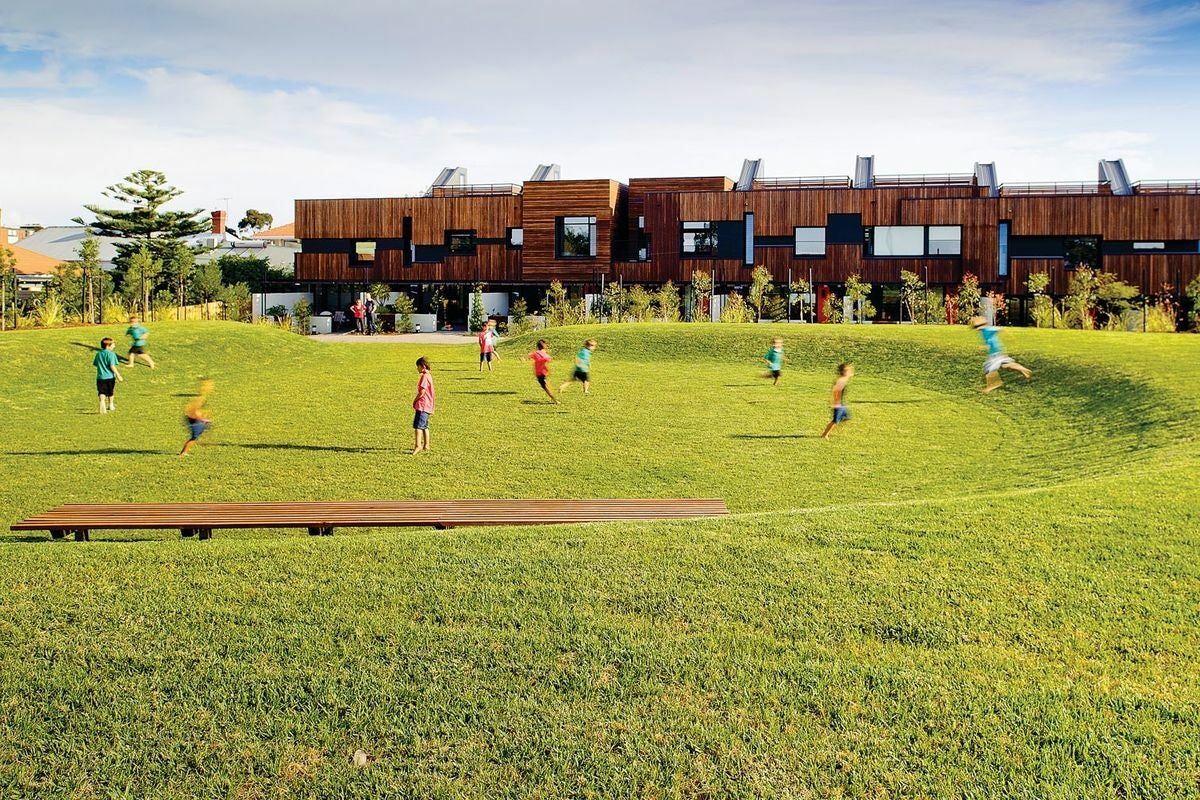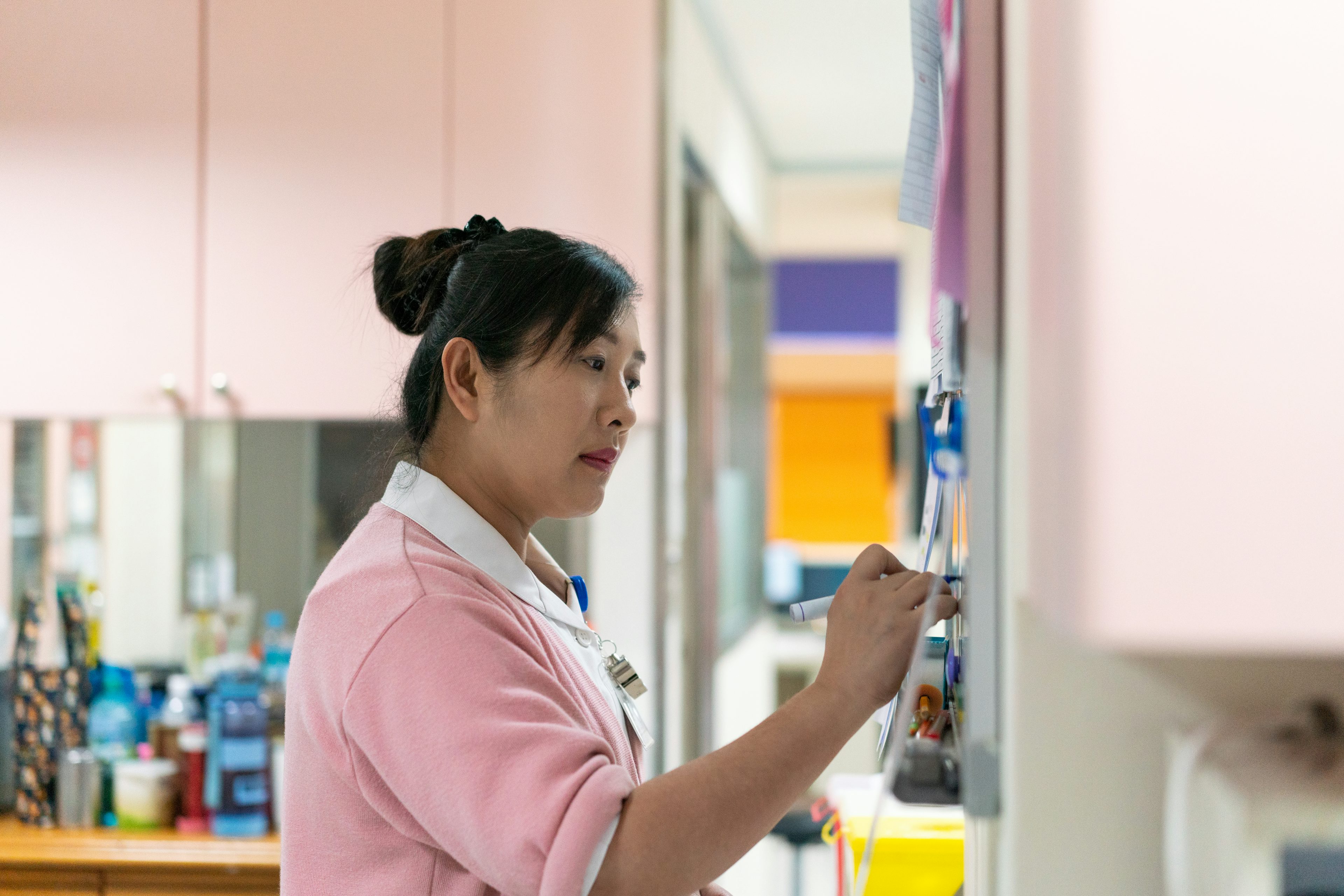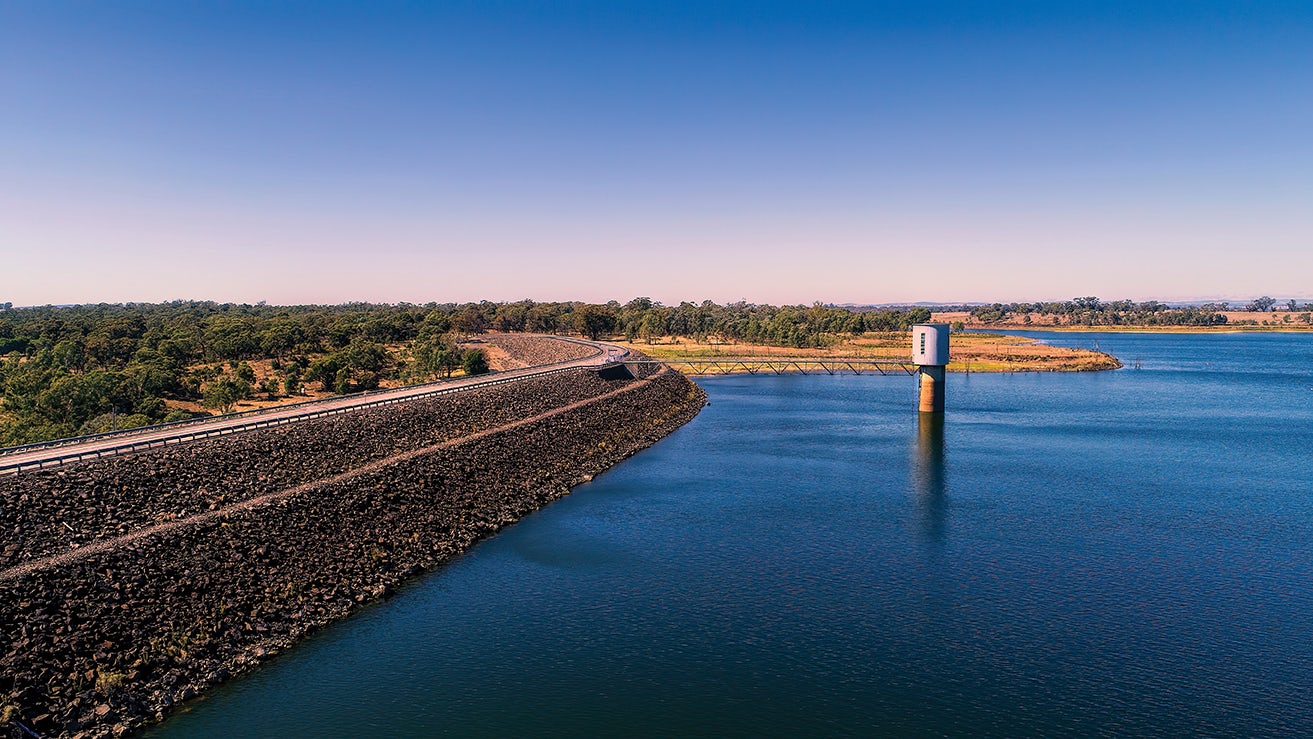Housing and planning
Victoria needs 800,000 new homes by 2034. Good planning helps people afford homes near jobs and services. Infrastructure Victoria’s work shows how better land use can give people more housing choices and build thriving communities.

Challenges
Many Victorians cannot find affordable, suitable housing
Safe, affordable housing helps people take part in society. But many Victorians are finding it harder to afford housing. Homelessness increased by 24% to over 30,000 people between 2016 and 2021. Over 55,500 households are waiting for social housing. Low-income renters face high rents and severe shortages in Victoria’s largest cities. A lack of suitable housing affects people's health, relationships, wellbeing and job opportunities.
Planning limits housing in areas with good infrastructure
Established suburbs have good access to infrastructure, including schools and parks. Building more homes in these suburbs gives people better access to jobs and services and can lower infrastructure costs. But planning rules limit how many homes developers can build in these suburbs. Many low-income households must move to new suburbs with less infrastructure and fewer services. It can cost $59,000 more to pay for the infrastructure needed to support a home in a new suburb, compared to a new home in an established suburb.
More compact neighbourhoods need quality open space and tree cover
More people living in Victoria's cities puts pressure on open spaces. Melbourne's established suburbs might need around 1,000 more hectares by 2036. Yet communities cannot access over 4,000 hectares of government-owned land. Cities are also getting hotter. Trees cover only 14% of Melbourne's parks, limiting shade and cooling. Connected open spaces with good tree cover make neighbourhoods more liveable and improves the environment.
